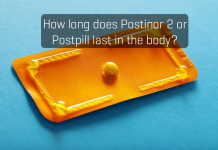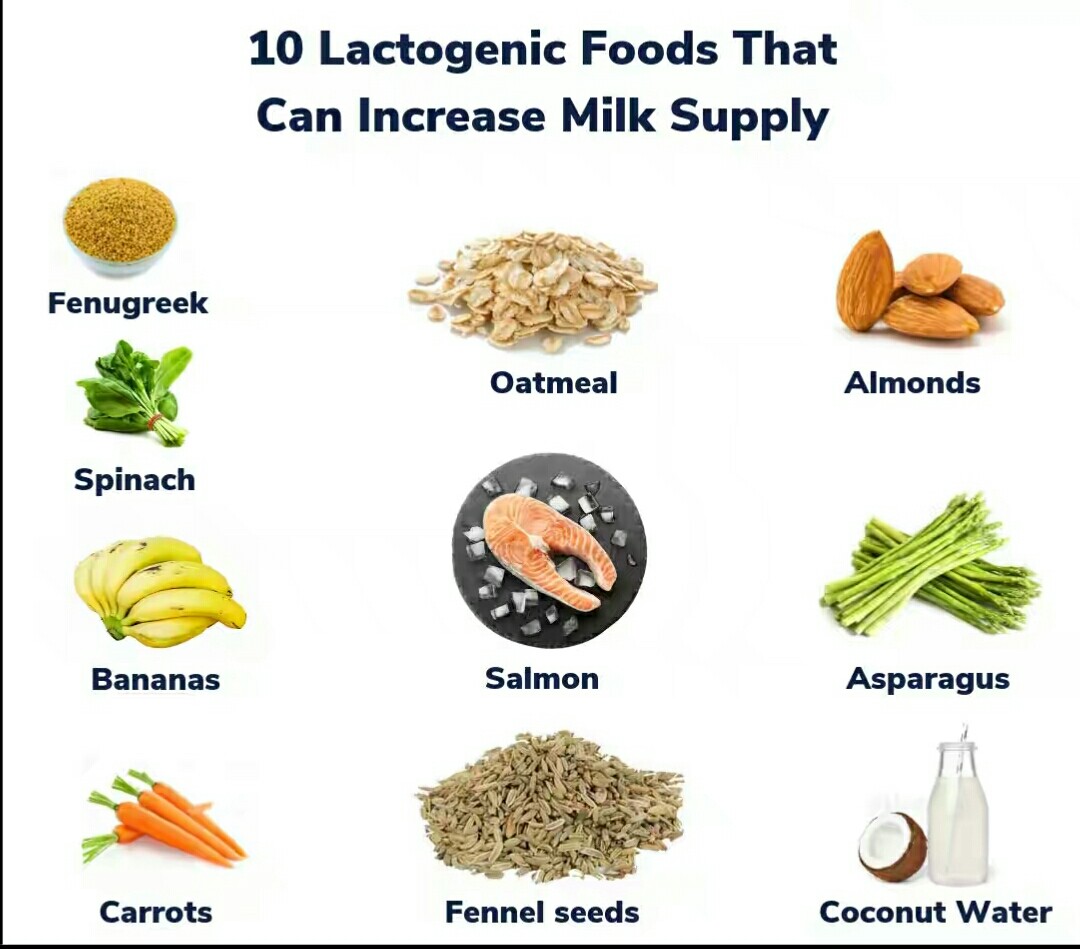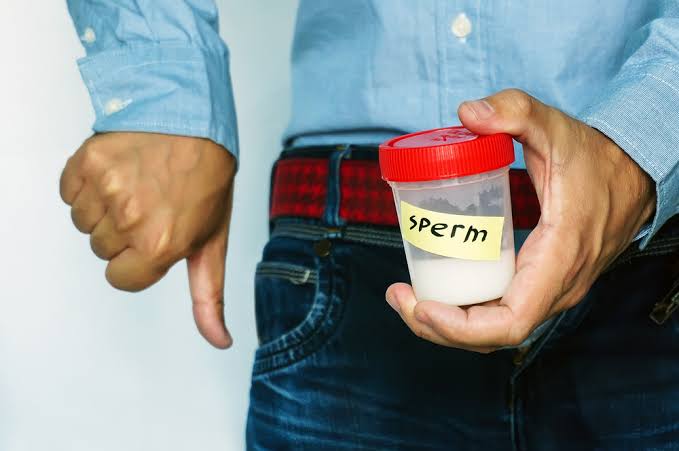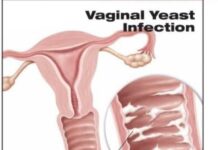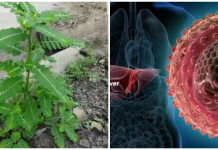genital warts: overview, symptoms, diagnosis, treatment & prevention
What are genital warts?
Highlights
- genital warts are products of a sexually transmitted infection caused by human papilloma virus.
- they are common in both sexes. Genital warts in women are particularly dangerous in because of the risk of cervical cancer.
- genital warts can be treated but cannot be cured hence the rate of recurrence is high.
- genital warts in children points to sexual abuse
- genital warts are common in uncircumcised men.
- about 90 serotypes of human papilloma virus exists, few are of clinical importance.
Genital warts are a fleshy cauliflower- like growths on the private part. The warts are caused by human papilloma virus low risk serotypes 5, 6 and 11. High risk human papilloma virus 16 and 18 are responsible for cervical cancer in women. Over 300,000 persons between the age group of 17-37 develop genital warts yearly. Genital warts can be developed weeks, months or even years after sexual exposure. There are about serotypes of human papilloma viruses of which serotypes 5, 6, 11, and 18 most commonly affect the genital tract through sexual transmission.
RISK FACTORS
Who is at risk of developing genital warts?
Genital warts can occur in anybody but the following groups are more susceptible to the infection:
- sexually active males and females
- men having sex with men (MSM)
- persons with HIV/AIDs
- commercial sex workers
- immunocompromised individuals like diabetes milletus and cancer patients
- persons indulging in risky sexual behaviours
- sexually abused individuals
- having multiple sexual partners.
Symptoms
What are the symptoms of genital warts
Warts caused by human papilloma virus can be single or multiple, raised, or flat. Perianal warts whilst being more commonly found in MSM, are also found in heterosexual men and in women. The commonest signs of genital warts are:
- fleshy, flat, or bumpy growths on the penis that look like a cauliflower
- growth may be itchy
- single or multiple growth
- the growths are commoner on the glans of the penis
- pain may be experienced if infected
- the growths may multiply to form large, clustered, and vegetating giant mass
- the giant type occurs most commonly in uncircumcised males
In some males, growth may be found in the urethral and this may make urination difficult. Genital warts in males apart from the penis may be found on the scrotum, groin, around the anus, lips, tongue, jaw, hands, foot, or throat of a person involved in oral sex.
For women, warts are not visible i.e. may not be found in the vulva inside the vaginal wall, cervix, or anus hence they feel a burning sensation, have intense itching, pain during intercourse and some may even bleed. Genital warts in pregnancy, may dramatically increase in size and number making treatment difficult. Rarely, they are large enough to obstruct labour and, in this case, delivery by caesarean section may be required. Rarely, mother-to-child transmission of HPV leads to anogenital warts, or possibly laryngeal tumours, in the newborn.

Credit: Warts Removal Help
When do genital warts develop?
It may take weeks, months, or years after exposure before warts develop. Sometimes there are asymptomatic carriers of HPV that can infect others. Hence, genital warts may not necessarily translate to unfaithfulness of your partner in some instances, it could be that complicated.
READ ALSO: neglected tropical diseases in nigeria
Diagnosis
How are genital warts diagnosed?
The diagnosis can be made clinically by the doctor by taking history especially your sexual history and performing a physical examination. The doctor most times makes a “spot diagnosis” by just observation of your perianal area for visible warts.
For women, a full pelvic examination is performed with a pap smear from the cervix taken for further investigation to rule out cervical cancer. For both males and females, an instrument called protoscope may be introduced into your rectum for examination and to take samples for investigations.
READ ALSO: cost and how to apply podophyllin
Treatment of genital wart
Can genital warts be treated?
Yes. A variety of treatments are available for established cases of genital warts. The following are treatment options on how to get rid of genital warts:
- Podophyllotoxin, 0.5% solution or 0.15% cream. Apply twice daily for 3 days, followed by 4 days’ rest, fore up to 4 weeks. It is suitable for home treatment of external warts. Rub Vaseline or petroleum jelly at the base of the warts before rubbing the cream to avoid burns. Podophyllin should not be used in pregnant women.
- Imiquimod cream applied 3 times weekly (and washed off after 6-10hours) for up to 16 weeks is also suitable for external warts. Contraindicated in pregnancy)
- podophyllin and imiquimod creams are used as home remedies for getting ride of genital warts.
- Cryotherapy which involves freezing of the warts with liquid nitrogen is also a treatment modality but the rate of reccurence is high.
- Surgery can be used for genital warts removal. This is done under local or general anasthesia
- Electrocautery, involving cutting the warts with electric current is a treatment option for warts. It is now discarded because of the risk of inhalation of HPV associated with. An inhaled HPV can cause laryngeal carcinoma to the doctor.
Prevention
How can genital warts be prevented?
The prevention of warts and hence, Human Papilloma Virus follows the age-long slogan of HIV prevention which is Abstinence, Be faithful to your partner, Condom use (ABC of prevention). Condom can help prevent the transmission of HPV to non-infected partners, but it may affect parts not covered by the condom.
Vaccination against has been introduced and it on routine use in many countries including Nigeria. As at now, two types of the vaccine exist: the bivalent vaccine called cevarix protects against HPV types 16 and 18 which are the serotypes responsible for cervical cancer. The quadrivalent vaccine (gardasil) offers protection against HPV types 6 and 11, which are responsible for 90% of warts. To be effective, HPV vaccination should be taken before the onset of sexual activity, especially at age 11-13years, in a course of 3 injections. Vaccination does not protect against all forms of cancer- causing HPV, hence, routine cervical screening will be necessary.
Male circumcision at birth is an indirect method of prevention of warts.




